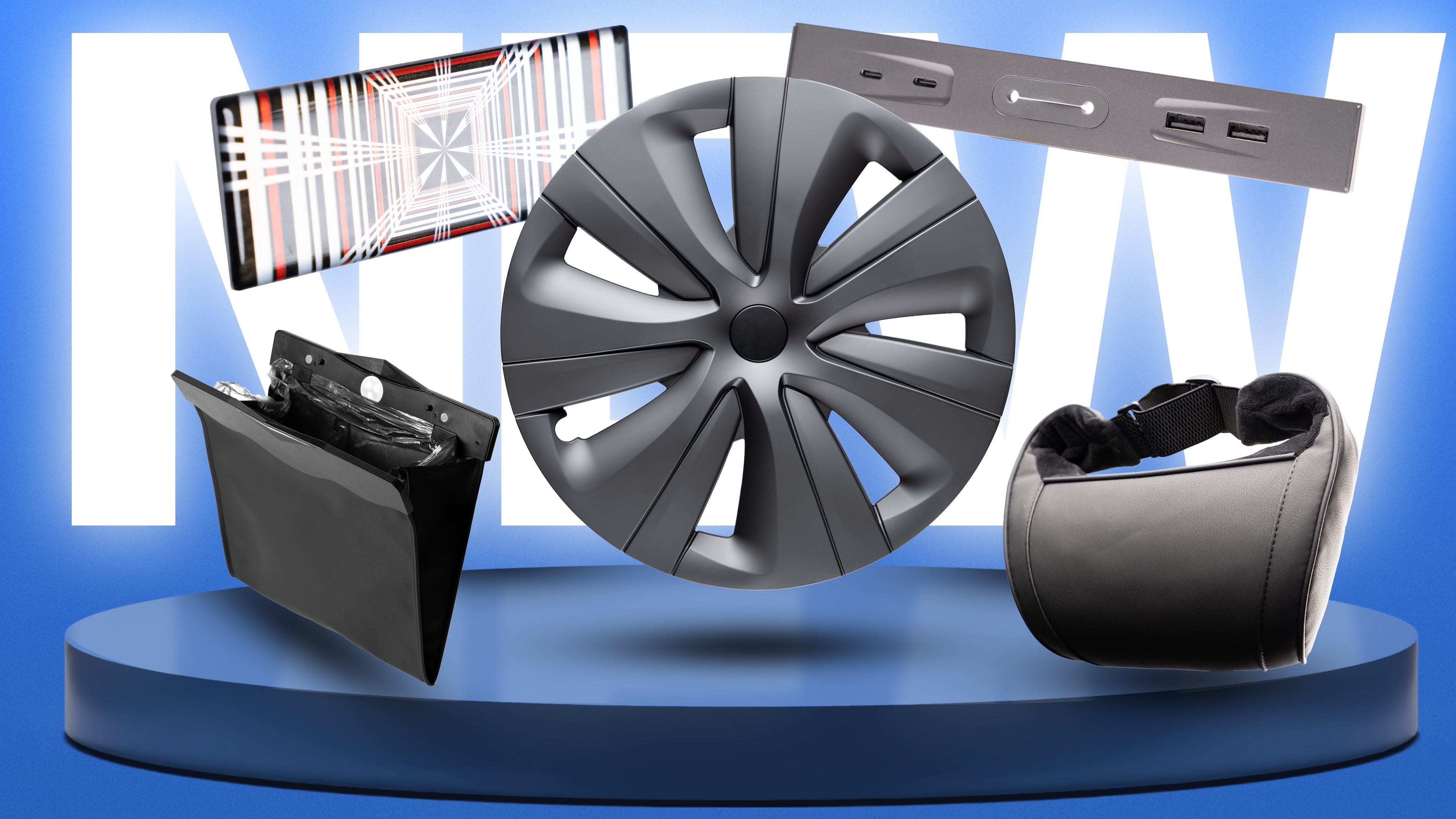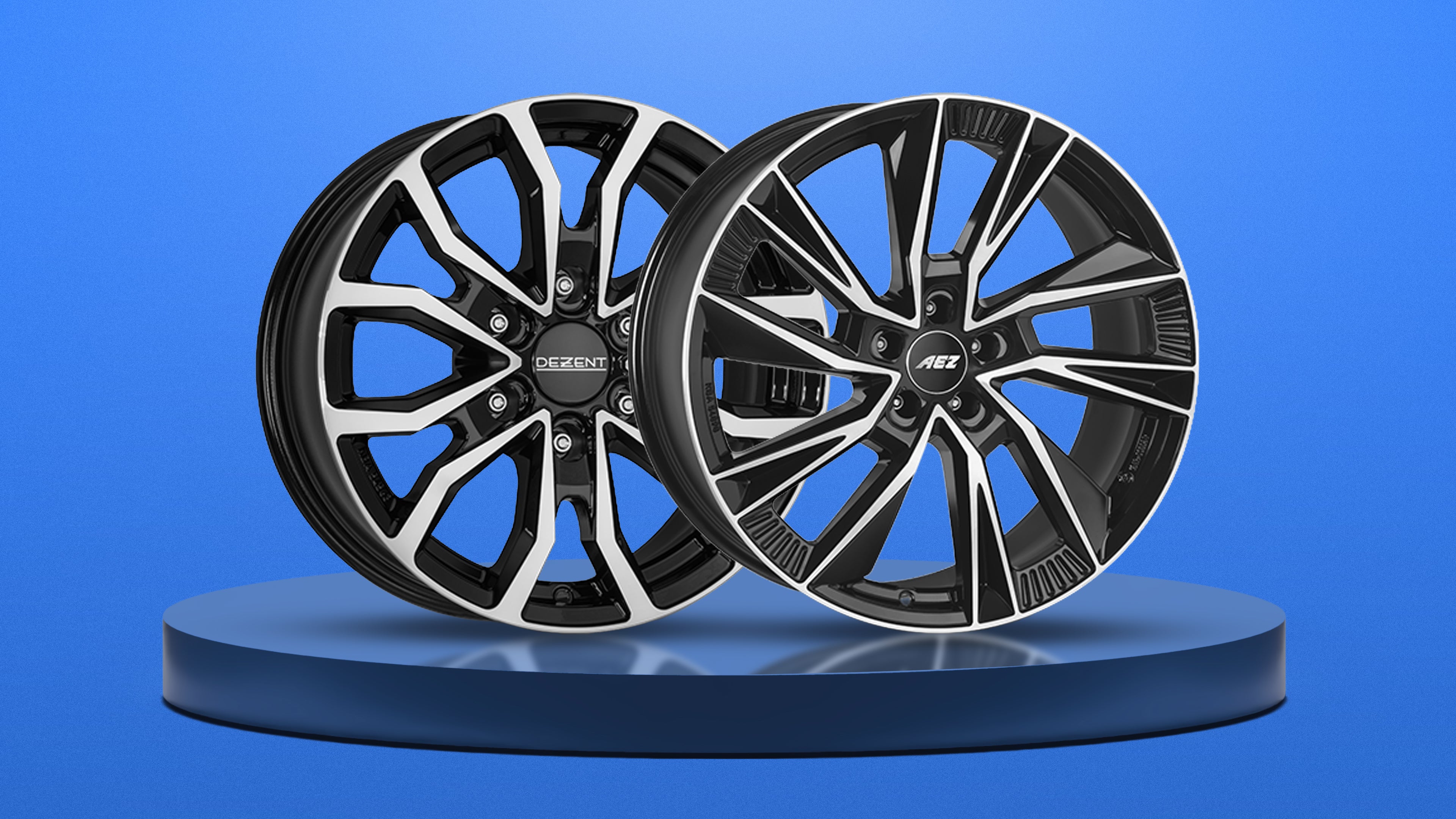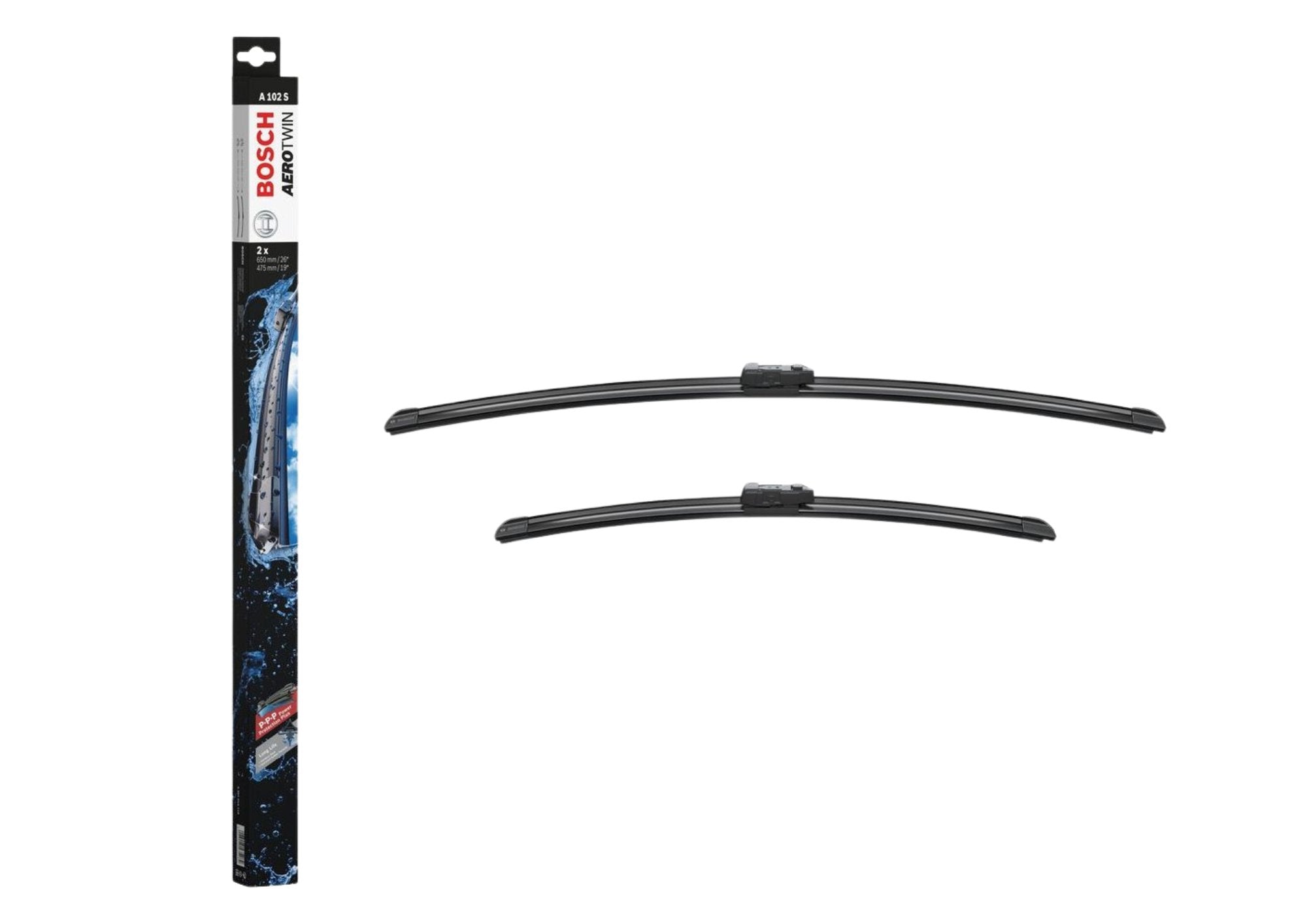Despite the introduction of tax reductions for electrical company cars, the current development shows an alarming return to traditional vehicles. In the first half of 2024, the number of newly approved electric cars, both in the private and commercial sector, was reduced. This raises questions about the future of electromobility and illuminates the challenges that companies and private customers face.
Agency for the demand for electric cars
The elimination of the environmental premium in mid -December 2023 had a significant impact on the demand for electric vehicles. In the first half of 2024, the registration figures for e-cars for private customers fell to 15.1 percent compared to 20.3 percent in the previous year. The decline is not only limited to private buyers, but also visible among commercial users, where the numbers are even more disappointed.
Salvory registration figures for company cars
The hope that tax relief for electrical company cars would have a positive effect on the number of admission was disappointed. In the first half of 2024, electric company cars made up only 11.3 percent of all newly approved business cars. This is shown by a worrying trend reversal, since the expectations of a strong demand from tax incentives have not been met. While the total number of newly approved business vehicles is higher than that of private vehicles, the number of e-racks is around 113,000, compared to 71,000 private electric cars.
Practical challenges as the main cause
According to experts, the practical difficulties in dealing with e-auvas are the main cause of the decline. In particular, billing problems for electricity costs, which are privately incurred and not billed by the company, are a major hurdle. These practical difficulties could prevent company car drivers from switching to electric vehicles, since they are often perceived as less practical in everyday life.
Outlook and possible solutions
The decline in the number of admission indicates that additional measures are necessary to increase the acceptance of electric vehicles in both private and commercial sectors. Possible solutions could include an improvement in the infrastructure, simplified billing processes for electricity costs and more comprehensive tax incentives. It remains to be seen how the industry and politics will react to these challenges in order to achieve the goals of electromobility.
In the meantime, both private and commercial buyers must continue to weigh whether the advantages of an electric vehicle outweigh the practical challenges. The coming months will be decisive for electromobility to return to the growth curve.





































